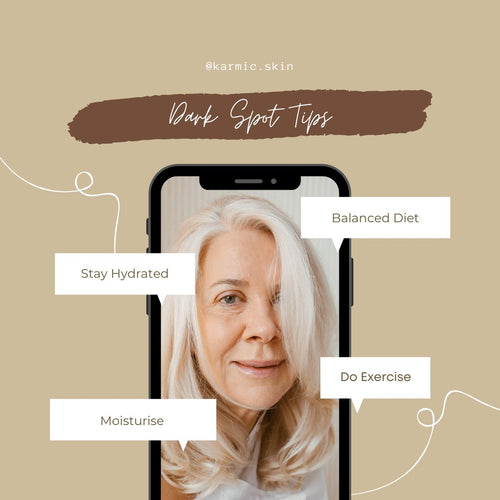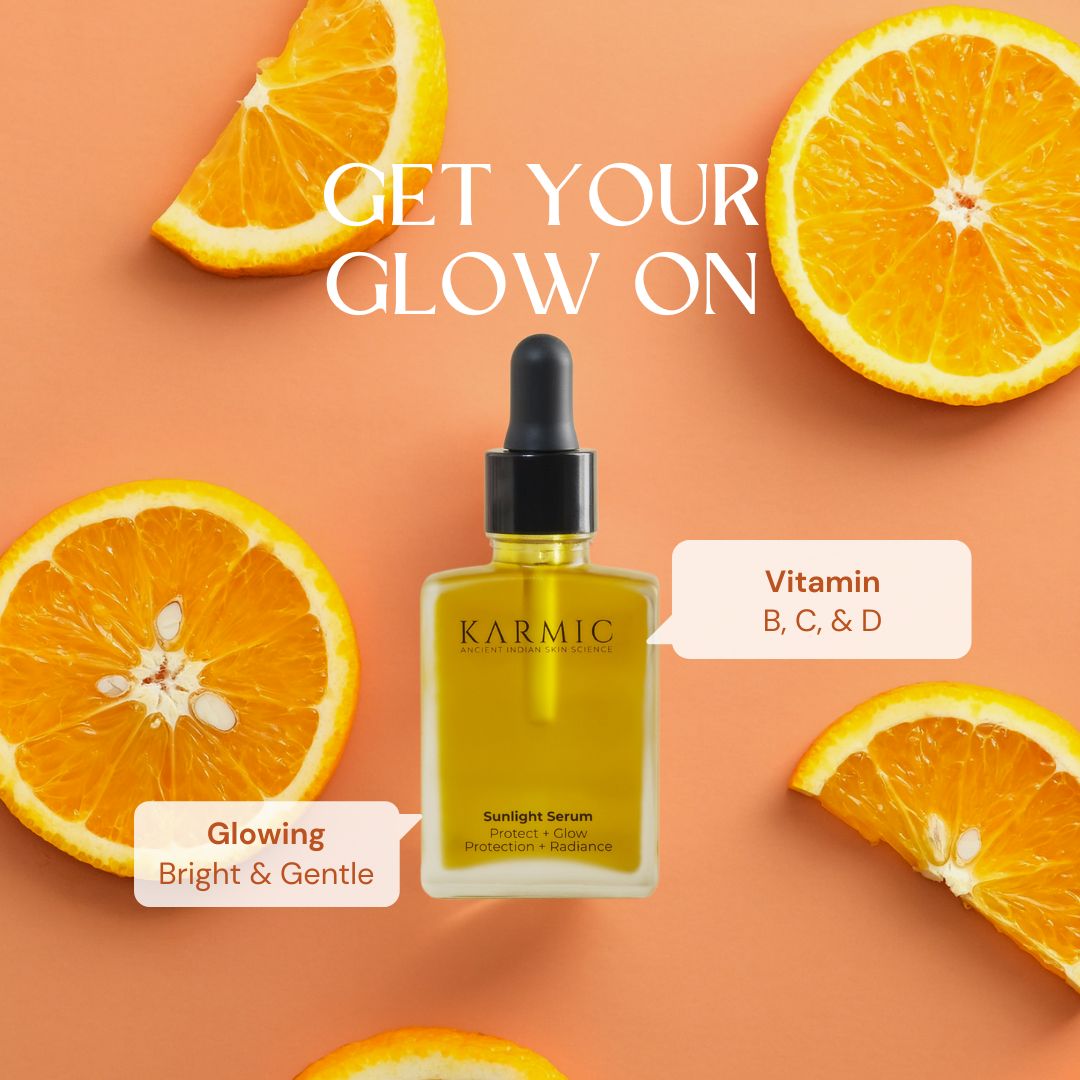Age spots, also known as liver spots or solar lentigines, are flat, brown, gray, or black spots that usually appear on the skin in areas that have been exposed to the sun. These spots are common as we age, but understanding what causes them can help in preventing and managing their appearance. Here are seven primary causes of age spots and how you can protect your skin from them.

1. Sun Exposure
The most significant cause of age spots is prolonged sun exposure. Ultraviolet (UV) rays from the sun accelerate melanin production, which can lead to the formation of these dark spots on areas such as the face, hands, shoulders, and arms.
How to Protect Your Skin:
Using a broad-spectrum sunscreen daily and reapplying it every two hours when exposed to the sun is crucial. Additionally, consider wearing protective clothing and hats to shield your skin from UV rays.
2. Tanning Beds
Similar to sun exposure, the UV light from tanning beds can cause age spots. Tanning beds emit UVA and UVB rays that penetrate the skin and increase melanin production, leading to premature aging and the formation of age spots.
Better Alternatives:
Opt for sunless tanning products that do not expose your skin to harmful UV rays. Always protect your skin with sunscreen, even if you have a tan.
3. Genetics
Genetics play a significant role in the development of age spots. If your parents or grandparents had age spots, you are more likely to develop them as well. Certain skin types are also more prone to pigmentation changes due to genetic factors.
How to Manage It:
While you can't change your genetics, you can take proactive steps to protect your skin from UV damage and use brightening products to manage pigmentation.

4. Aging
As we age, our skin's natural ability to regenerate and repair decreases. This slower cell turnover can lead to the accumulation of melanin in certain areas, resulting in age spots.
How to Combat It:
Incorporate anti-aging products that boost cell turnover and promote collagen production. A rich moisturiser can help keep your skin nourished and support its natural repair processes.
5. Hormonal Changes
Hormonal changes, particularly during pregnancy, menopause, or from taking birth control pills, can lead to an increase in melanin production, resulting in melasma or age spots.
Managing Hormonal Impact:
Using skincare products that contain natural ingredients to balance skin tone and reduce pigmentation can be beneficial. Regular use of brightening serums and moisturizers can help mitigate the effects of hormonal changes on your skin.
6. Skin Inflammation
Inflammation from skin conditions such as acne, eczema, or psoriasis can lead to post-inflammatory hyperpigmentation, which may result in age spots. The skin's healing process can sometimes produce excess melanin, causing dark spots.
How to Soothe Inflammation:
Use soothing and healing skincare products to reduce inflammation and support the skin's natural repair process. Sleepytime Gelly is excellent for calming irritated skin and reducing the risk of pigmentation.

7. Poor Skincare Habits
Inadequate skincare routines, such as not cleansing properly or failing to moisturize, can lead to a build-up of dead skin cells and uneven skin tone, making age spots more noticeable.
Improving Your Routine:
Adopt a consistent skincare routine that includes gentle cleansing, exfoliation, and moisturizing. Using high-quality products can help maintain healthy, even-toned skin.
Conclusion
Age spots are a common skin concern, but understanding their causes can help you take proactive steps to prevent and manage them. Protect your skin from sun exposure, avoid tanning beds, and adopt a robust skincare routine that includes anti-aging and brightening products. By taking care of your skin, you can maintain a more even and youthful complexion.




